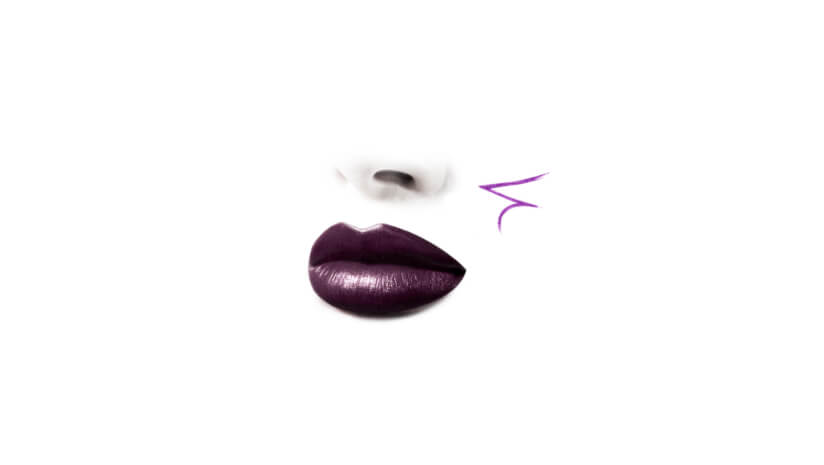As beauty and personal care brands evolve in response to changing consumer preferences, the concept of minimalism in beauty packaging has emerged as both a design trend and a business strategy. In a recent CosmeticsDesign interview, Nisha Palvia, Principal at PERLab, the product redesign arm of global consulting firm Kearney, provided insights into the principles and practicalities of minimalist packaging, exploring how brands can successfully navigate this trend by balancing aesthetics, cost-efficiency, and sustainability.
Defining minimalism in beauty packaging
At its core, minimalism in beauty packaging is about simplicity, but it is also about making a statement. “Minimalism in beauty packaging is typically experienced as simple, clean design that ensures consumers stay hyper-focused only on essential product details,” said Palvia.
She emphasized that minimalism should reflect the brand’s identity and resonate with its target audience, cautioning that it’s not the best choice for every brand. “There’s a wide consumer base that’s attracted to vibrant and detailed designs,” she added, pointing to the diverse preferences among beauty consumers.
Balancing information with aesthetics
One challenge brands face when adopting minimalist packaging is the limited space to convey essential product details, such as ingredients or claims. Palvia suggested that brands can employ creative solutions to maintain a clean aesthetic without sacrificing important information.
“Simpler solutions like QR codes are a great way to share product information and send promos,” she noted. Palvia also highlighted innovative approaches, such as Kiehl’s partnership with Skin Match Technology, which provided customers with personalized product recommendations through an AI-powered skin analysis tool.
Such methods enhance the consumer experience beyond the packaging itself, offering a way to keep designs minimal while still providing valuable product information.
Cost vs. quality in minimalist packaging
Although minimalist packaging can lead to long-term savings, the initial costs of transitioning may be significant. Palvia advised brands to approach this transition thoughtfully.
“Simplified designs are easier to scale and should typically require less in terms of transportation and secondary packaging,” she explained. She cited MAC Cosmetics as an example of a brand that has successfully adopted minimalist packaging across multiple product ranges, benefiting from lower production costs while maintaining premium quality.
When asked how brands can balance cost and quality, Palvia recommended considering factors such as material reduction, design economy, and scalability. “A tastefully designed pack that harnesses the cost benefits of high order quantities can really be a win-win,” she said, adding that sustainability and consumer satisfaction should also be key considerations in the process.
Minimalism and sustainability
One of the strongest arguments for minimalist packaging is its alignment with sustainability goals. By reducing the amount of raw materials and energy required for production, brands can lower their environmental footprint.
“Minimal quite literally means less,” Palvia stated, “when brands use less raw material, less processing, and minimize changeovers in products, they are ultimately reducing emissions, water usage, and energy.”
Palvia highlighted that sustainability is not only good for the environment but also resonates with consumers. In a recent Kearney survey on beauty packaging, 72% of consumers indicated they were more likely to purchase products made sustainably.
“This percentage increases as we move from drug store beauty products to prestige and ultra-lux brands,” Palvia pointed out. She referenced Biossance as an example of a brand that uses simple, sustainable packaging to reflect its commitment to clean beauty.
Adapting to evolving consumer expectations
As consumer preferences continue to evolve, Palvia predicted that beauty brands will need to maintain a diversified approach to packaging. “The future likely holds a landscape where minimalist and traditional packaging coexist to meet the diverse needs of consumers and product categories,” she said.
To stay competitive, she advised brands to stay attuned to shifting customer preferences, continuously innovate their packaging strategies, and strike a balance between form and function.
Strategic considerations
Palvia emphasized that adopting minimalist packaging should be a strategic decision, not a superficial one. She advised brands to take a thoughtful approach, ensuring that minimalist packaging aligns with both their brand image and consumer expectations.
“Not every audience will be immediately receptive to minimalist packaging,” she noted. For certain product categories, such as luxury perfumes or value-oriented store brands, minimalist designs might not convey the desired perception of richness or quality.
However, when executed carefully, minimalist packaging can elevate the product and convey authenticity and transparency.
Palvia also underscored the importance of balancing investment and outcomes. While the upfront costs of transitioning to minimalist packaging can be high, the long-term benefits in terms of cost savings, sustainability, and consumer satisfaction can be significant.
“This initial cost should be viewed as a strategic investment,” she said, noting that her team has worked with brands to lower costs while maintaining differentiation through innovative packaging elements like material choice and decoration.
Minimalism in beauty packaging offers significant potential for brands looking to streamline their packaging designs while maintaining quality, sustainability, and consumer appeal. However, the transition requires careful consideration of the brand’s identity, consumer preferences, and cost structures. When done right, minimalist packaging can deliver both aesthetic and practical benefits, positioning brands for long-term success in an increasingly competitive market.

